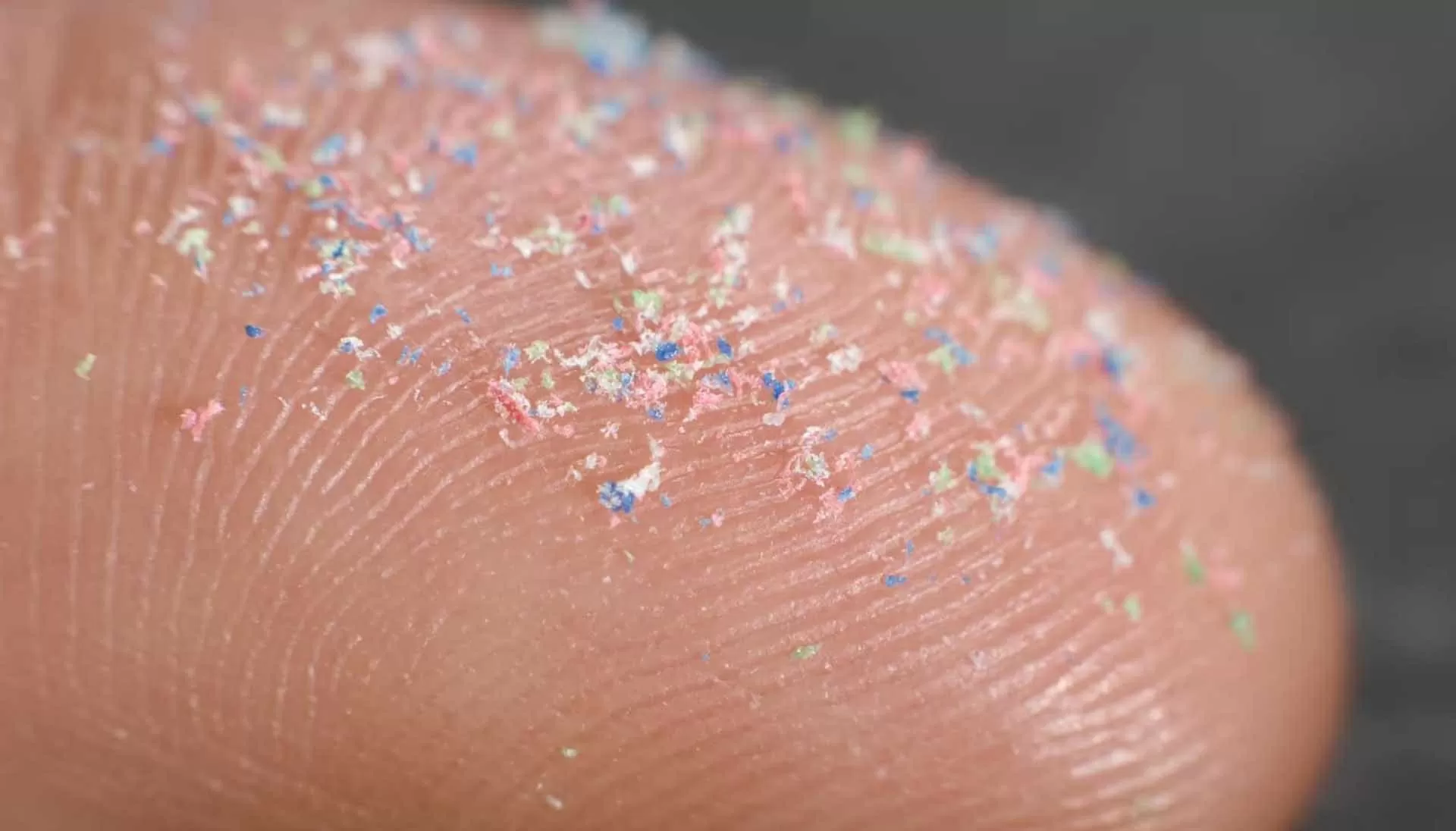A study published on February 3 in the journal Nature Medicine found a startling increase in microplastics and nanoplastics in human brains. Scientists found numerous tiny polymer fragments and flakes in postmortem brain tissue.
 |
| Scientists have found microplastics in human brains, livers and kidneys. (Source: The Guardian) |
Cardiologist Raffaele Marfella, a researcher at the University of Campania “Luigi Vanvitelli” in Naples (Italy), and colleagues found that people with high levels of microplastics and nanoplastics, or MNPs, in their blood vessel plaques were at higher risk of heart attack, stroke, and death.
To get a full picture, the researchers used several different methods to measure MNP levels in 91 brain samples collected from people who had died since 1997. All measurements showed a significant increase over the years. Between 2016 and 2024, average MNP concentrations increased by about 50 percent, from 3,345 μg/g to 4,917 μg/g.
According to Richard Thompson, an expert on microplastic pollution at Plymouth University (UK), MNPs are present in food, drinking water and air, so they obviously penetrate human tissue. Previous studies have found them in the lungs, intestines, blood, liver and placenta.
New research shows that in samples collected in 2024, MNP concentrations in brain tissue were about 10 times higher than those in liver and kidney tissue. Phoebe Stapleton, Associate Professor of Pharmacology and Toxicology at Rutgers University in Piscataway (New Jersey, USA), said that MNP even appeared at high concentrations at the blood-brain barrier.
According to Ms. Stapleton, in addition to solid particles, thin, sharp particles also appear in brain tissue. Many laboratory studies of MNPs have found that brain tissue does not contain many polystyrene particles, a type of plastic widely used in the food industry, medical supplies ... but has many pieces that look like common household plastic.
The study found higher levels of MNP in the brains of 12 people diagnosed with dementia, but no link was found between the disease and the presence of these microplastics.
Additionally, studies have shown that MNP levels are not linked to longevity, but vary widely between individuals studied. Some people have high levels while others seem to avoid accumulation.
However, the study did not track MNP infection levels in living people, so it is not yet possible to assess whether these “intruders” might fluctuate over time.
The full health effects of microplastics in the brain are not yet known, but it would be a mistake to wait to have all the answers before addressing the issue, according to study co-author Andrew West, a neuroscientist at Duke University.
Source





































































































Comment (0)